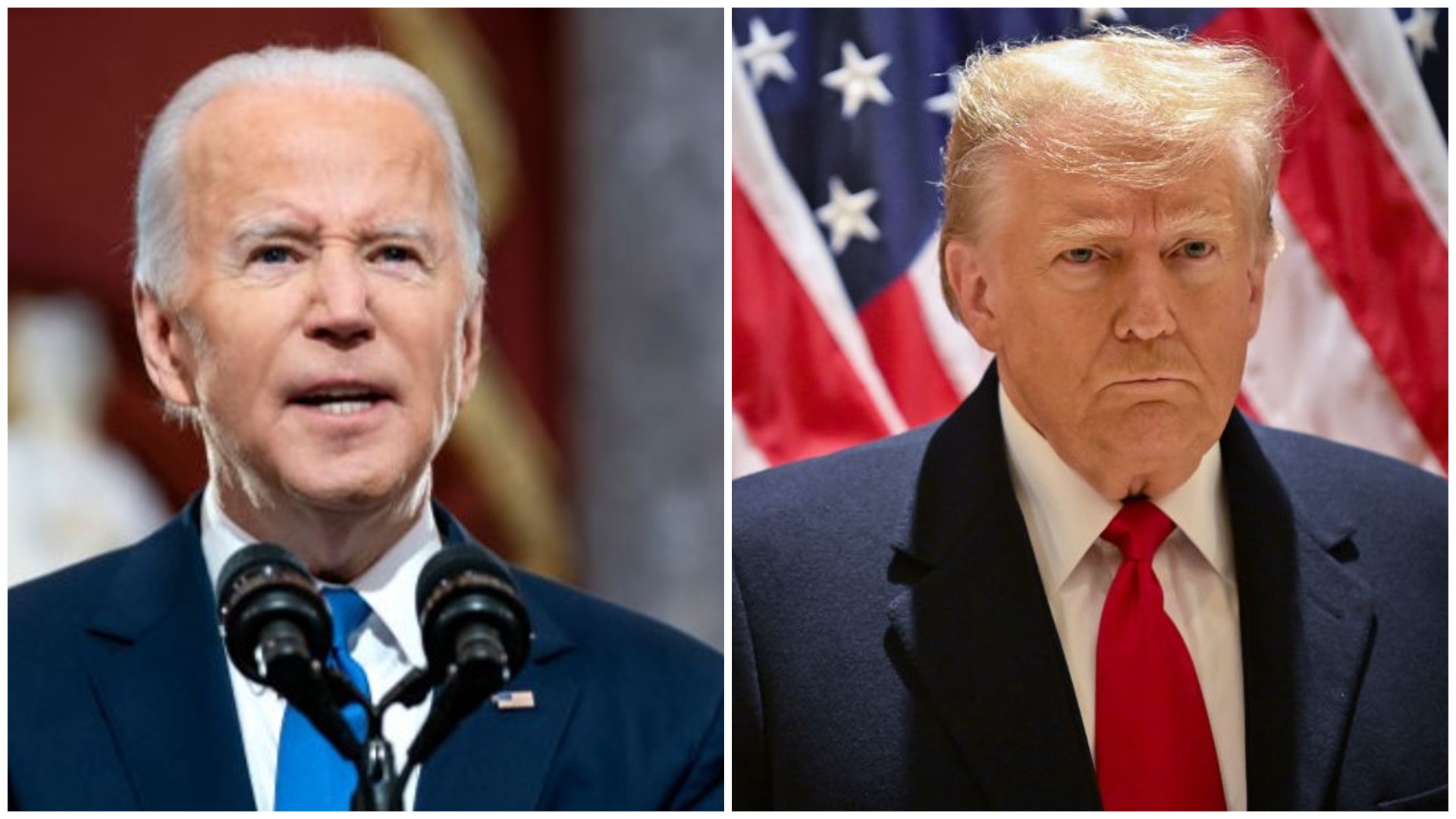
To help you understand what is going on in politics and what we expect to happen in the future, our highly experienced Kiplinger Letter team will keep you abreast of the latest developments and forecasts (Get a free issue of The Kiplinger Letter or subscribe). You'll get all the latest news first by subscribing, but we will publish many (but not all) of the forecasts a few days afterward online. Here’s the latest…
Nine months away from Election Day the presidential field has narrowed and a 2020 rematch is almost certain, barring a surprise that knocks the front-runners — Donald Trump and Joe Biden — out of the race.
Donald Trump has withstood challenges from several Republicans who had hoped to chart a new path forward for the party. The last, former South Carolina Governor Nikki Haley, is still in the race, and she appears determined to go down swinging. Trump will still face many problems, including a slew of legal cases against him. It’s unclear whether we will get a verdict in any of these cases before Election Day in November. But they will color voters’ views of the ex-president, especially once-supportive suburbanites. They soured on Trump and the GOP in 2020 and remain wary. But his position within the GOP is secure. Most major party figures have already endorsed Trump, and the Republican rank-and-file rallied behind him when the first indictments were unsealed last year. A strong base of support goes a long way in politics.
Joe Biden’s position is less secure. The 81-year-old incumbent president has consistently trailed Trump in the polls. Moreover, he faces dissent from without and within his party over his age, economic record and, recently, his foreign policy. But his candidacy could benefit from several tailwinds. Inflation is slowing after plaguing much of Biden’s first term. As a result, voter perception of the economy is improving. Most economists also expect the U.S. to avoid a recession this year. Democratic strength in recent elections offers additional reason for optimism. The party limited Republican gains during the 2022 midterm elections and scored wins in key statewide races, in part by leveraging voter concern about abortion restrictions.
A significant wild card: The presence of third-party candidates on the ballot like Robert Kennedy Jr. and Cornel West, both of whom are running as independents. History shows that such candidates may be capable of swinging elections, even with minimal vote shares.
Consider Ross Perot in 1992 and Ralph Nader in 2000. Their impact could be especially important in crucial battleground states. This year’s list includes the usual suspects: Arizona, Georgia, Michigan, Pennsylvania and Wisconsin, all of which supported Trump in 2016 and Biden in 2020 by very narrow margins.
Separate, but related, is the race for who will control Congress. The House and the Senate are, at this point, essentially tossups. Democrats control the Senate, but they must defend 20 seats this year, including a few in deep-red states. The GOP must defend the House following a series of unfavorable rulings regarding redistricting.
This forecast first appeared in The Kiplinger Letter, which has been running since 1923 and is a collection of concise weekly forecasts on business and economic trends, as well as what to expect from Washington, to help you understand what’s coming up to make the most of your investments and your money. Subscribe to The Kiplinger Letter.







